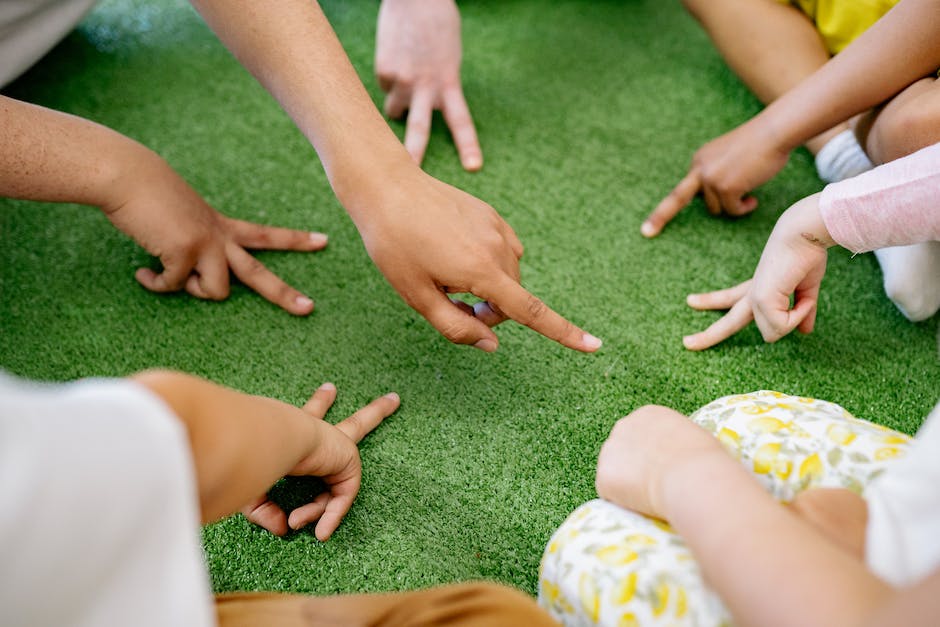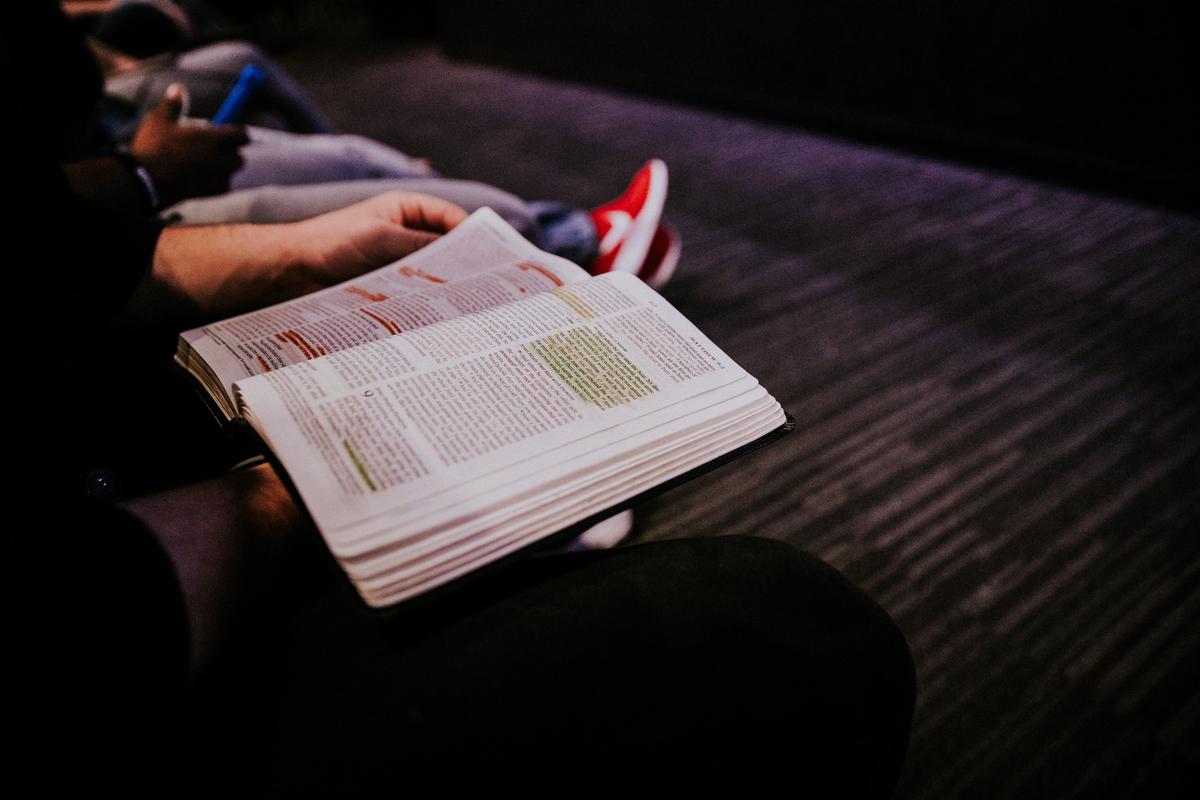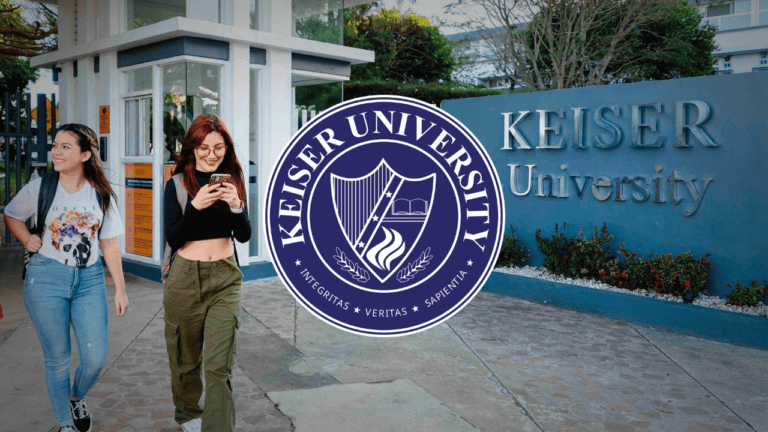Embarking on a journey of Master Studying, many students find themselves navigating an ocean of books, lectures, and endless notes. Yet, beyond the bound pages and scrolling screens lies a treasure trove of strategies that can transform passive reading into a dynamic adventure of learning.
Active learning techniques not only infuse energy into your study sessions but also deepen your understanding and create lasting knowledge. With the compass of time management skills in hand, you’re equipped to chart a course through your educational endeavors, wisely allotting moments to each important task.
In the carefully crafted haven of your optimized study environment, focus and retention become your steadfast allies. Together, these elements forge an arsenal of practical, effective study tools, each one a stepping stone toward academic success and intellectual mastery.
Master Studying #01: Active Learning Techniques
The Efficacy of Active Learning Techniques in Enhancing Study Sessions
Within the realm of pedagogy, active learning is a term of considerable significance. Active learning refers to a suite of instructional strategies that involve students in the learning process more directly than the more traditional lecture-based teaching mode, engaging them in a manner that encourages analytical thinking, problem-solving, and the application of knowledge. Clearly, the integration of such techniques into one’s study regimen can yield a plethora of benefits, the discussion of which shall form the crux of this article.

To comprehend the benefits of active learning, one must first recognize that passive reception of information does little to foster long-term retention or deeper understanding. Active learning, conversely, enables the student to construct knowledge actively, rather than merely consuming it. Here, we shall elucidate several strategies to implement active learning into study sessions:
- Engage in Frequent Quizzing – Self-testing or quizzing serves as a powerful tool to reinforce learning and gauge comprehension. When students test themselves on the material, they are not only refreshing their memory but also practicing the retrieval of information, which strengthens their ability to recall facts and concepts in the future.
- Utilize the Feynman Technique – Named after the renowned physicist Richard Feynman, this technique involves explaining a concept in simple language as if teaching it to someone else. This practice not only clarifies thought processes but also highlights areas of confusion or lack of understanding.
- Draw Concept Maps – The visual representation of information, through concept maps, can be instrumental in discerning the relationships between different pieces of information. By actively creating connections and organizing information spatially, students enhance their ability to comprehend and remember the information.
- Engage in Socratic Questioning – Formulating questions and critically evaluating the material, as per the Socratic method, challenges students to think deeply and articulate their understanding. This process encourages active engagement with the content, fostering critical thinking skills.
- Participate in Peer Teaching – By teaching material to peers, students are prompted to process the information more thoroughly. This technique consolidates understanding, as one must have a strong grasp of the material to communicate it effectively to others.
- Employ the Pomodoro Technique – While seemingly a time management tool, the Pomodoro Technique, with its focused study periods and short breaks, naturally encourages active engagement with the material. The short intervals of study prevent fatigue and maintain high levels of concentration throughout the learning process.
- Implement Case-Based Learning – Applying theoretical knowledge to practical, real-world situations deepens understanding and helps students see the relevance of their studies. Case-based learning requires active problem-solving and decision-making, thus bridging the gap between theory and practice.

In sum, active learning techniques demand a higher level of participation and cognitive engagement from learners which, in turn, fosters more robust knowledge acquisition and retention. By employing these master studying strategies, students may greatly enhance the efficacy of their study sessions, cultivating not only a deeper understanding of the material but also fostering transferable critical thinking skills essential for academic success and lifelong learning.
Master Studying #02: Time Management Skills
Time management skills are indispensable in the realm of effective studying for several cogent reasons.

First and foremost, efficient time management enables students to optimize their learning potential by systematically allocating specific durations to various subjects and study tasks. By doing so, one can avoid the pitfalls of cramming and the unproductive cycles of procrastination that often result from poor planning. Instead, a calculated and balanced study schedule allows for the gradual accumulation and assimilation of knowledge.
Mastery of time management also facilitates a process known as spaced repetition, a study technique in which information is reviewed at increasing intervals to reinforce memory retention. Research has demonstrated that spaced repetition significantly improves long-term retention of information. If one fails to manage time effectively, these intervals could become sporadic or too condensed, thereby diminishing the efficacy of the repetition and potentially leading to information overload.
Furthermore, time management is not solely about the segregation of time for academic endeavors; it is equally about reserving adequate time for rest, reflection, and recreational activities. These periods are vital for cognitive functions and overall well-being, playing a critical role in ensuring that study sessions are productive when they do occur. Mental fatigue and burnout are real consequences of neglecting such balance, which can severely affect academic performance as well as mental health.
The ability to prioritize tasks based on their importance and deadline is another facet of time management. This prioritization is particularly crucial when synthesizing complex information or working on research projects that require sustained focus and analytical thinking. By understanding the hierarchy of tasks, students can allocate their resources and effort accordingly to ensure that deadlines are met without a last-minute rush, which often compromises the quality of work.
Finally, effective time management allows learners to engage in metacognitive strategies akin to self-reflective learning. By tracking their time, students can assess their study habits, recognize patterns, identify areas in need of improvement, and adjust their strategies for better results. Such self-monitoring fosters a growth mindset, encouraging learners to take ownership of their learning process and continuously enhance their approach to studying.
It is evident, therefore, that the cultivation of time management skills is not a mere accessory to learning, but rather a fundamental competency that can elevate the entire educational experience. These skills lay the foundation for a structured, thoughtful approach to study, ensuring that learners can make the most of their intellectual pursuits while maintaining a healthy balance in their personal lives.
Master Studying #03: Optimizing Study Environment
Optimizing the Study Environment for Maximum Focus
The physicality of one’s study environment is of paramount importance to the facilitation of uninterrupted focus and the minimization of distractions. An often underestimated aspect is the ergonomic setup of the study space. An ergonomically optimized workstation, including a chair that supports the natural curvature of the spine and a desk at an appropriate height, can mitigate physical discomfort which often manifests as a distraction.

Lighting too plays a critical role in focus and concentration; natural light is preferable, offering illumination that is gentle on the eyes and has been shown to improve mood and alertness. In the absence of natural light, a combination of general and task lighting that reduces glare and shadows is recommended.
Acoustic conditions must also be addressed. A study environment should maintain a level of quiet conducive to concentration. While some may prefer complete silence, others may find that ambient sounds or white noise promotes focus. For those in unavoidably noisy environments, noise-canceling headphones may be of benefit.
The organization of the study space demands attention—clutter is an enemy of the focused mind. A tidy, designated area for study materials ensures that resources are readily accessible without encroaching on the mental clarity needed for deep work. Tools and texts should be organized in a manner reflecting frequent use and importance to minimize time spent searching for materials, thereby increasing efficiency and maintaining focus.
Additionally, it is pertinent to address digital distractions by setting boundaries for device usage. Computers and mobile devices, while often necessary, can fragment attention if not managed properly. Utilizing apps that limit access to other distracting functions or websites during study periods is recommended.

A consideration of the olfactory environment is not to be overlooked; scents have the power to affect cognitive function. For example, the aroma of peppermint has been linked to heightened alertness and memory enhancement. As such, the use of certain scents in the study space through candles or essential oil diffusers may aid concentration.
Finally, personalizing the space with items that provide motivation—but not diversion—is encouraged. This could include motivational quotes, a vision board, or a single framed photograph. These should serve as a gentle reminder of one’s goals and aspirations rather than act as a source of significant distraction.
In summary, creating an optimized study environment necessitates a multifaceted approach, attending diligently to one’s physical comfort, lighting, acoustics, organization, digital discipline, and even olfactory components, all while allowing for a modicum of personal inspiration. An optimal study space is thus a harmonious blend of several carefully curated elements designed to foster deep and sustained concentration.
Conclusion
Master Studying by harnessing the power of active learning, mastering the art of time management, and cultivating the ideal study space, you are not just learning—you are evolving as a student and an intellectual explorer. These practical tips are more than study aids; they’re the catalysts for a transformative educational experience, ensuring that every hour spent studying is an hour spent climbing to new heights of understanding and achievement. With these tools in hand, the once daunting world of information becomes a landscape ripe for conquest, an exhilarating challenge ready to be met head-on as you embolden your journey beyond the books.

Hi, I’m Nathan Cross, a writer and avid reader who loves crafting articles for newspapers and online platforms. Words are my passion, whether I’m telling stories, sharing insights, or sparking conversations. When I’m not writing, you’ll find me lost in a book or out on the baseball field, enjoying the game that keeps me grounded. Writing, reading, and baseball—these are the things that define me.




